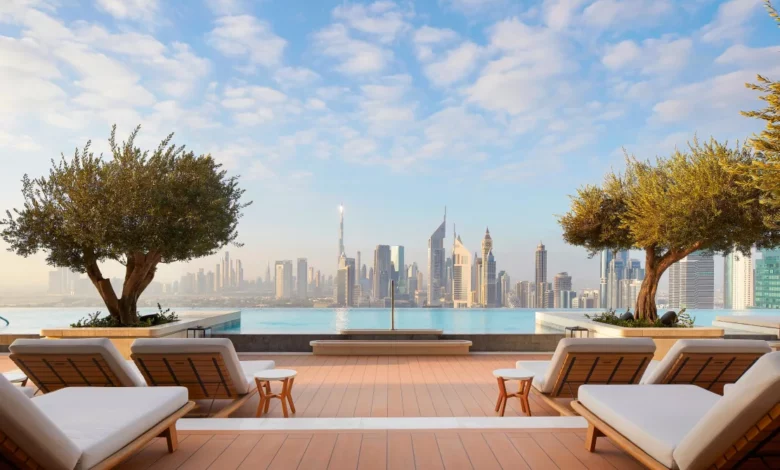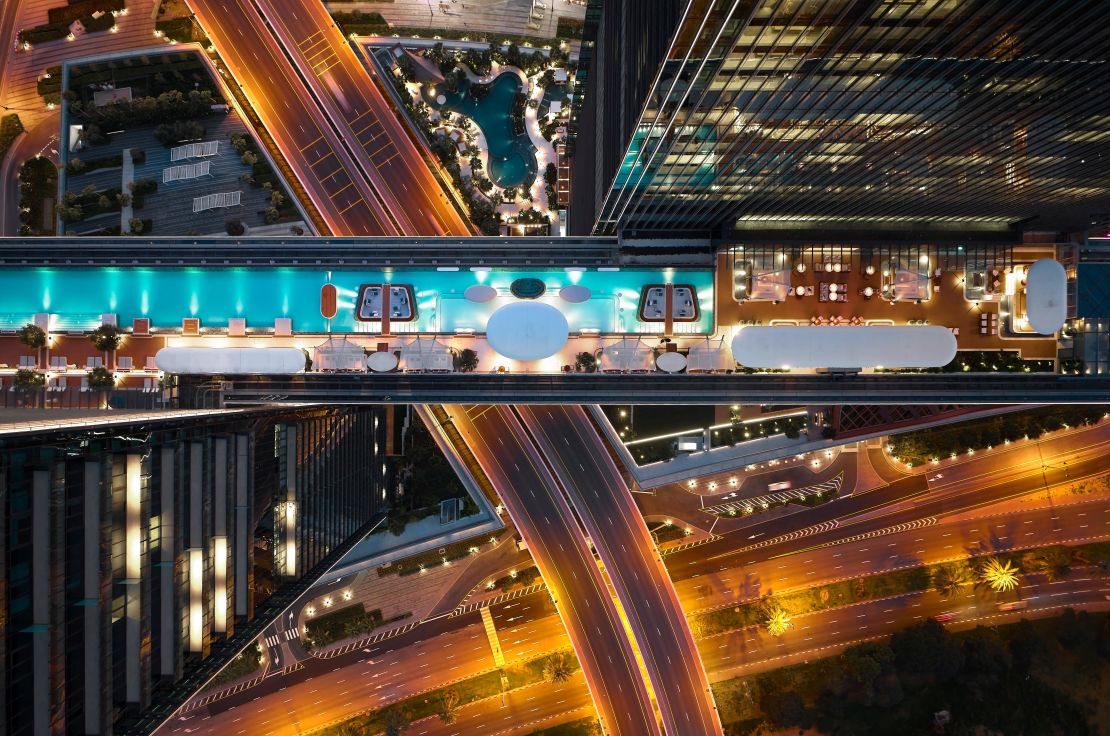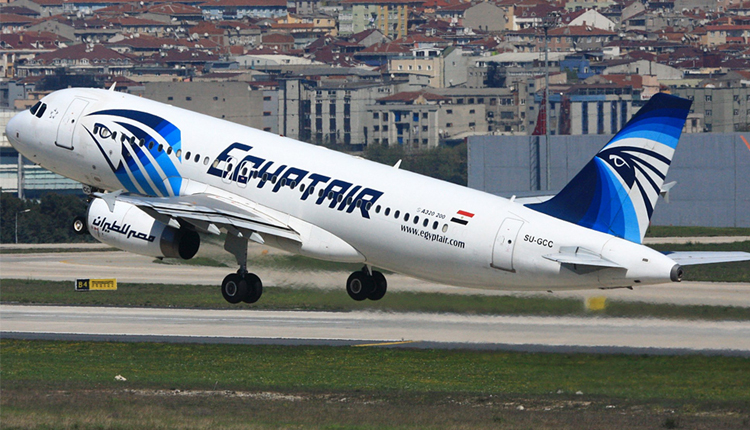
Editor’s Note: This CNN series is, or was, sponsored by the country it highlights. CNN retains full editorial control over subject matter, reporting and frequency of the articles and videos within the sponsorship, in compliance with our policy.
The newly opened twin skyscrapers One Za’abeel are home to the world’s longest cantilever building and on it, the United Arab Emirates’ longest suspended infinity pool, which is 120 meters (393 feet) in length.
A cantilever is a structure that is only connected at one end, and projects horizontally unsupported, like a diving board. The one at One Za’abeel is part of a 230-meter-long (755-foot) structure known as “The Link,” with the cantilever projecting 67.5 meters (221 feet) over the city.
The Link connects the luxury development’s two towers, providing a space for shared facilities and lifestyle amenities, says Fadi Jabri, CEO of Nikken Sekkei Dubai, the architecture firm behind the building.
“Levitating in the air,” the giant glass corridor is an engineering marvel — but it’s not just for show, says Jabri.
The site is bisected by a six-lane highway, which meant building facilities at ground level was not possible, and “there was this need to rejoin those sites,” he explains. The property’s developers negotiated the use of the space below and above the road, allowing them to connect the two towers with a shopping mall beneath the road, and the Link above.
Twenty-five meters (82 feet) high and wide, the cantilever contains three stories and is a key destination for the building’s hotel guests and residents, says Badr Benryane, director of food and beverage at the One&Only Za’abeel resort, which occupies the top 30 floors of one of the towers.
“In the absence of a beach and other water-based activities, our guests will have The Link as their playground,” says Benryane.
“It’s been inspired by the bustling streets of big cities around the world: it’s a futuristic boulevard, so as you walk down the middle of The Link, you will have different dining experiences.”
The Link’s eight restaurants include Tapasake, a poolside Nikkei restaurant serving up Japanese-Peruvian dishes. “On one end, there’s the restaurant with a terrace and indoor seating, and on the other is the pool club where we have amazing VIP cabanas, loungers and daybeds,” says Benryane.

Having taken a dip in the pool himself, Benryane says it’s one of the highlights of the space. “You’re basically in that infinity pool with nothing below you,” he says, adding: “You’re swimming amongst the clouds and overlooking the city — it’s beautiful.”
Temperature regulated and featuring underwater speakers, the unique bathing spot is open to hotel guests and One Za’abeel residents, although tourists and Dubai residents can gain access with a pool day pass, starting from 1,000 dirhams ($272) per person, and going up to $10,000 for VIP cabanas that come equipped with their own sound system, air conditioning, showers, dining rooms and private garden.
Dubai is home to several record-setting pools: in 2021, the Aura Skypool became the world’s highest 360-degree infinity pool, and the world’s tallest infinity pool inside a building is the 293.9-meter-high (964.2 feet) pool on the 77th floor of the Address Beach Resort in Dubai’s Jumeirah Gate.
The Link’s 100-meter (328 feet) elevation and floor-to-ceiling windows provide 360-degree views across the city to the desert beyond, from which the building gets its name (“Za’abeel means the white sands of the region,” explains Badr).
The cantilever isn’t just important for the building’s social space, but also its design: the two towers were built leaning slightly out, so the weight of The Link would pull them both in, strengthening the overall structure, says Jabri.
Weighing nearly 10,000 tons, it was constructed in eight parts and lifted into place with cranes over three days, which required the road below to be closed on several occasions. The $1 billion project was originally expected to open in late 2021, but was delayed by Covid.




